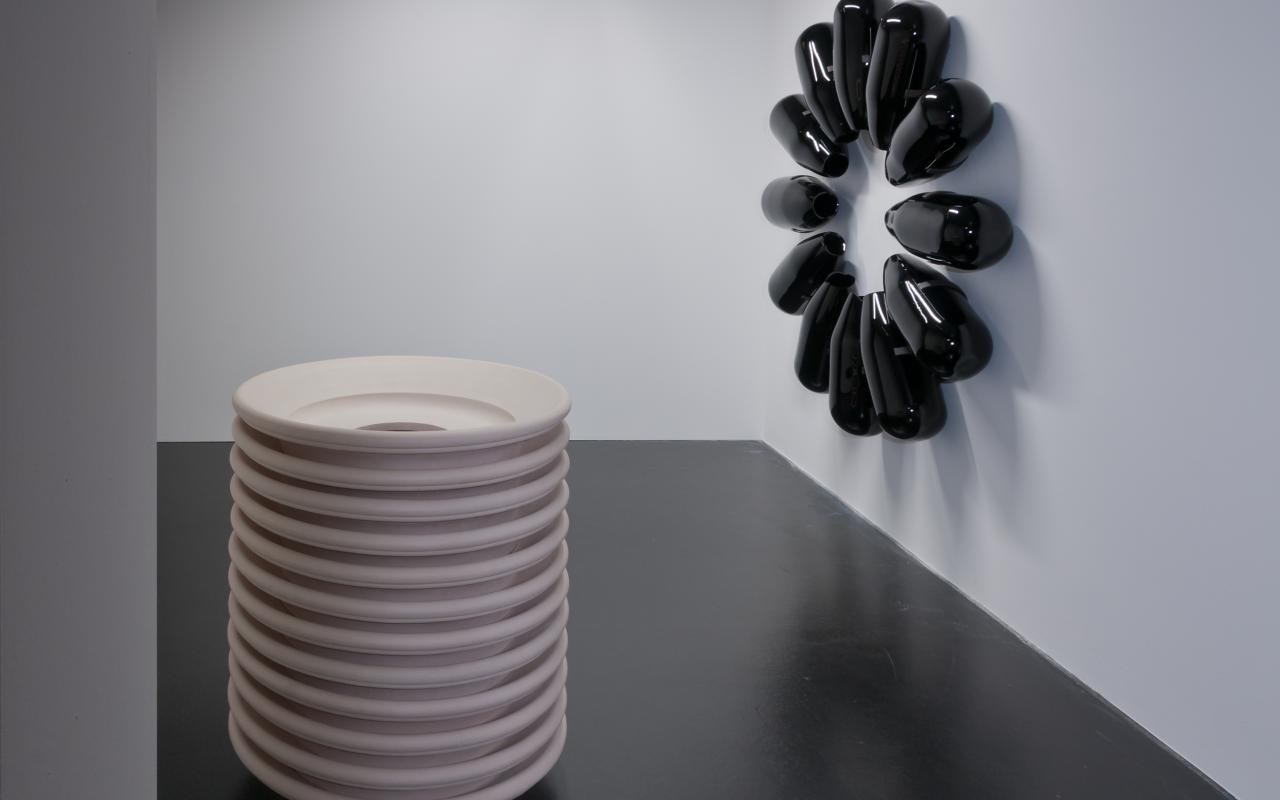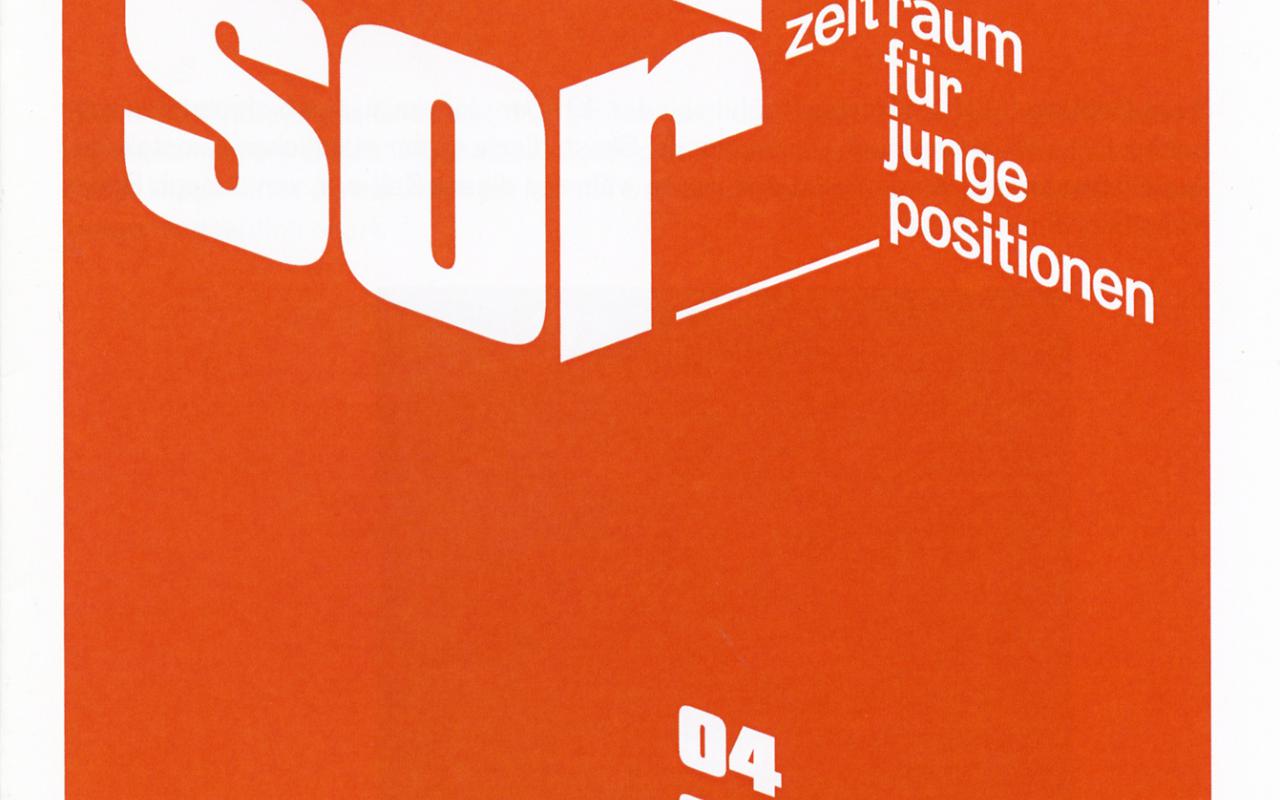
The fourth part of the exhibition series »Sensor. Time for Young Approaches« presents Asta Gröting’s work in sculpture, drawing and video art from the Sammlung Landesbank Baden-Württemberg and the Sammlung Grässlin. Since the 1990s, Asta Gröting (*in Herford) is counted among the most outstanding contemporary artists in Germany. Gröting studied at the Academy of Arts Düsseldorf under Klaus Rinke during which period she was also influenced by, among others, Joseph Beuys’ conception of art.
A central motif of Asta Gröting’s work is her “search for pictures that render concealed processes visible”. Since the beginning of the 1990s, following sessions as an observer during postmortem examinations she turned her attention to the inner organic body, before going on to develop sculptures of digestive systems. The combined materials of glass, silicon and wood wool she utilizes in this connection frequently bring forth a relationship of tension with the objects on display. The black silicone of the »Verdauungswege« (1990) is more reminiscent of industrial than biological processes, and on the manufacture of silicone implants, whereas wood wool is also used for stuffing »real« animals and corpses. With its beauty and purity, glass, which is a material Gröting made use of for »Taube« (1997), contrasts with intestines, something commonly perceived as nauseating and repulsive.
In her fragile, transparent sculptures, Asta Gröting orchestrates the relation between inner and outer as a form of dialectic. On extraction from the body, or withdrawal from the organism’s circulation, the intestines become lifeless. They freeze, as it were, not unlike glass at the moment in which it assumes a form.
In Asta Gröting’s work, the representation of the invisible consistently turns on the preoccupation with fundamental social processes. The negative form »Gehäufter Mangel« (1992), a stack of plates without bases, not only pursues a thematic treatment of the functionality of the object in so far as the essential components is missing, but is no less descriptive of the paradox inherent in any attempt to make visible the invisible, and in so doing points to the dual sociological issue surrounding hunger and wastage.
Furthermore, Asta Gröting’s drawings such as »Weinen« (1993) and »Tränen« (1995) evince internal processes, »Der Pawlow’sche Hund« (1995) serving as evidence of classical conditioning.
It was in the video works and performances of the series »The Inner-Voice« produced from 1992 onwards that Gröting was to treat the question of the unconscious aspects of the human psyche. With its inner voice, a ventriloquists dummy holds discussions about all central questions of human life, such as friendship, love, self-knowledge, self-confidence, aging, sickness and death. Gröting points out that when conducting an autopsy during the medieval period physicians would search for the place of soul since it was believed that the soul possessed its own organ. It was the use of ventriloquy that was to transform this search.
Here, Gröting operates as a sculptor of the ventriloquist’s dummy, as director and as scriptwriter. She engages internationally known ventriloquists, and commissions texts to be written by such authors as Tim Etchells and Deborah Levy. The protagonists of her videos originate from various countries and thus lend to the ventriloquist’s dummy no fewer personalities and cultural idiosyncrasies. By including ventriloquism Gröting transgresses the border to cabaret, thus commenting on the ongoing virulent distinction between high and low art. In the dummy’s dialogs with its inner voice, in the comic, embarrassing, at times absurd and revealing situations, Gröting demonstrates the construction of all identities. Influenced by education and cultural convention, the inner voice is the mouthpiece for that which forbids open expression. Much like the digestive organs, what is shown is not something, »per se«, invisible, but has been exiled into a concealed place by the pressure of cultural and social convention.
- Website
- http://www03.zkm.de/sensor
- Credits
- Idis Hartmann (Curator)
- Organization / Institution
- ZKM | Museum für neue Kunst
